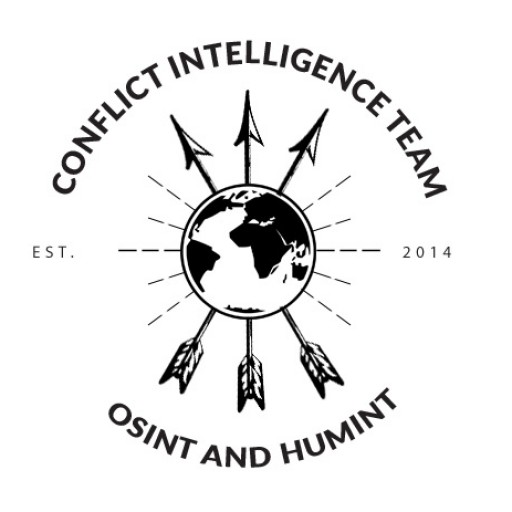This post is also available in:
 Русский
Русский
Читать этот пост на русском языке
Once again, an investigation of ours has been making rounds, and once again, I hear "Cool investigation by Ruslan Leviev", "Well done, Ruslan", etc. Once again, an important point I try to stress in my posts is left unnoticed: these investigations aren’t my personal achievements but a joint labor. Every investigation is done by the entirety of our team. I would like to tell more about it in this post.
We started working as a team around May-June 2014. By that point many of us had been doing what’s now called OSINT (Open Source INTelligence). By summer 2014, the sheer volume of information to analyze and process became so large that we had to gather a team to distribute tasks and work more efficiently. It is then when a call to make a team was issued and several people replied. At that point we were but IT and social network specialists able to conduct complicated multi-criteria searches across big data.
Since the start of our work, we’ve been employing one of the most crucial intelligence and data analysis techniques: "devil’s advocate". As we found new photos, videos or other info, we tried to doubt the data and criticize it. When any of us finds interesting information, other team members attack him with questions that should break up the proof he’s found: "How do you know this is an active serviceman, not a volunteer?" "Why do you believe this video or photo was shot there?" "Why do you think this is not an APC supplied to the Syrian army?" etc., etc. This has been happening almost every day for more than a year now. Each day we look through lots of photos, videos, and posts. 99% of that information is left bookmarked as yet unproven or inconclusive.
This is how our team members developed marvelous critical thinking and outstanding analysis capabilities. Sometimes we can use one small fact to predict the events 10 steps ahead (inside the team chat, not publicly).
As time passed, we started using techniques deemed unethical by journalists (which is why we insist we aren’t journalists): hidden filming, field surveillance, working under legends with soldiers, militia fighters and their relatives. In especially important cases we pay our informers.
Due to work conditions and risks we conceal the names of our team members. This is why press and blogs often describe "Ruslan Leviev’s investigations", while in truth it is collaborative work and most of it is done by other members of our team, our "super-secret agents". When I say "super-secret", I’m not exaggerating: even though we’ve been communicating and working together for a year, I still don’t know neither the real names of our team members nor their age not even the part of the country they live in. All team members know each other by assumed names (with the exception of me as the team’s "spokesman" and Kirill @ReggaeMortis1). Moreover, the team members who do analysis don’t know those who do various offline field work or sometimes don’t even know they exist.
So if you come across a "Ruslan Leviev investigation", know that it’s actually a collaborative work of a well-adjusted team. We used to call ourselves "WIU" ("War in Ukraine"), but, as a "second front" is opened, we changed name to Conflict Intelligence Team (CIT).
I do hope a time will come when we will be able to reveal other team members with no risks and I can meet them in person. 🙂
